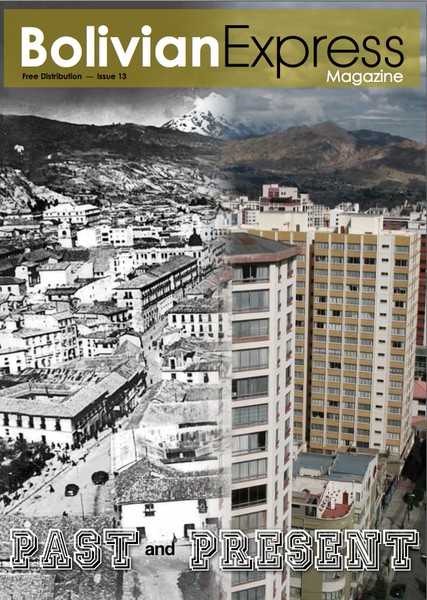
Come rain or come shine, La Paz's growling micros steadily make their way through the urban jungle. Squeezed between robust cholitas and pensive artisans, you cannot but feel part of the city's flamboyant bustle. The drivers will gladly take you through the labyrinthine, winding streets, each of which has a traffic code of its own. Forget that taxi, leap into a micro (and try not to jab your unwieldy gringo camera into the person sitting next to you).
Calle Hermanos Manchego 2586, near corner of Av. Arce. Sopocachi and San Jorge, La Paz, Bolivia
Jorge, La Paz, Bolivia If a group of 15 people enters a restaurant unannounced, the proprietors might be excused for tacitly ignoring the party. Huge groups like this are a catalyst for chefs boiling over with pressure and doing a Gordon Ramsey. However Maphra Om was more than accommodating. Part of the reason they could afford to be so relaxed is that they have a chilled-out waiting area upstairs, which also doubles as a bar and serving area, should there be an overflow of customers. Long snaking sofas and a candlelight ambience provided an enjoyable setting for our party to wait and relax while they arranged our table. The only downside we noted was that no drinks were offered. Not only would a drink have been an enjoyable past-time while waiting, it would also have benefitted the establishment by adding a profitable chunk to our bill. The eatery downstairs was adorned in fusion Asian décor; bamboo and calligraphy gave an eastern flavor, but, as a hardcore Thai enthusiast I was disappointed to see nothing from Thailand. Range had come before detail and authenticity. This was reflected by the menu: offering a spread of Asian cuisine that stretched from vindaloo to hoi sin, it projected a somewhat scattered Asian identity.
We ordered two variations of red Thai curry: the more traditional chicken panang and the sweeter chicken masaman (both Bs 50.00), and were impressed by the care demonstrated when they asked how spicy we wanted them. Both dishes come with rice and minted pickled onion, which seemed a slightly unusual addition, but worked well with the spices. The panang was enjoyable. Apart from a slightly unpleasant grainy texture, it had a good balance of taste. The masaman however was an absolute winner: a gentle sweet and spicy mix that was deliciously silky. Unfortunately, despite being of the same consistency and served in similar bowls, the portion sizes were strangely uneven; the panang had nearly a quarter less sauce than the masaman. But aside from the unfair distribution of sauce and lack in Thai décor, this restaurant provides exceptionally good food for a very reasonable price.
PHONE: 591-2-243-4682,
CEL: 591-7-623-8508
E-MAIL:
alexgap2001@hotmail.com

 Download
Download





















